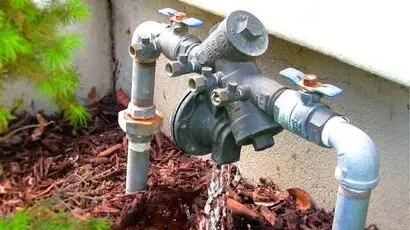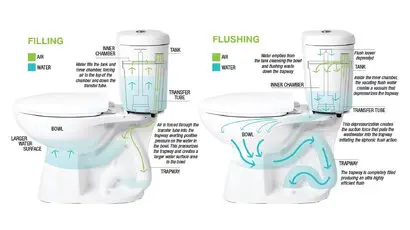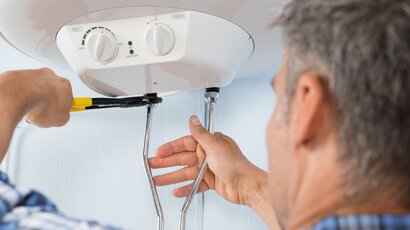How Does A Backflow Preventer Work?
Your backflow preventer is important to protect your water supply from contamination. It works by preventing the reverse flow of water from a contaminated source into the clean water supply. Find out more here!
Have you been experiencing problems with your tap water recently? Chances are that the water travelling to your main may have become contaminated with pollutants like non-potable water or human waste. In such a situation, it is best to hire a plumber and install a backflow preventer.
You might have come across the term ‘backflow preventers’ but aren’t quite sure what they do. Simply put, a backflow preventer is a gadget that makes sure water travels in just one direction through a pipe. This prevents any contaminants from sneaking back into your clean water supply.
Backflow preventers come in several varieties. A well-known type is the reduced pressure zone (RPZ) valve. This device features two independent check valves and a pressure relief valve in between. Should one check valve leak, the relief valve releases water into the air, blocking any backward flow into your supply.
While backflow preventers are critical for protecting potable water supplies, they must be installed correctly by a licensed plumber. Improper installation can create cross-connection hazards. Also, most backflow preventers require annual testing to verify their function.
That’s why we’ve decided to share this brief guide, explaining everything you need to know about backflow preventer systems. No special browser or internet device is required—just a desire to learn about this critical plumbing safety device.
Let’s begin, then! By the end of this article, you’ll understand what causes backflow, the different types of preventers available, and the importance of proper installation and maintenance. Protecting your drinking water is critical for health and safety.
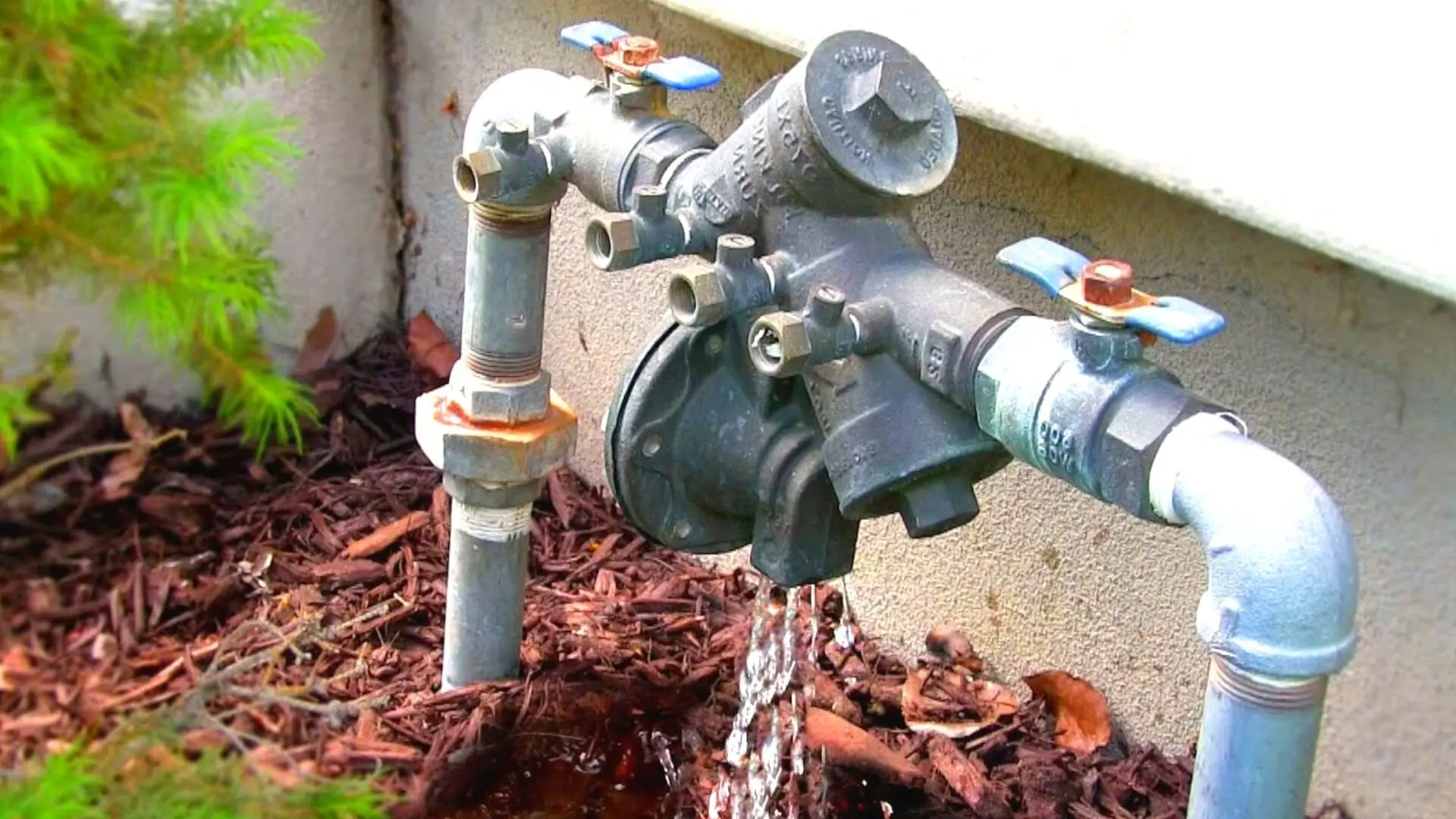
Most buildings in a city receive water from the main water supply line, which flows only in one direction. However, the water flow can be reversed in certain situations, such as during pressure changes in pipes.
When this happens, freshwater is contaminated with wastewater that contains bacteria, chemicals, and other harmful substances. This can often occur when a fire hydrant is opened, resulting in a loss of water pressure or a break in water mains.
Since no pressure pushes the water forward in such situations, it flows back to the city water supply. Dealing with problems caused by backflow is quite tricky and, not to deny, expensive.
That is why it is better to prevent them from occurring in the first place, which is where a backflow preventer comes in.
Backflow can occur in two situations that cause changes in water pressure:
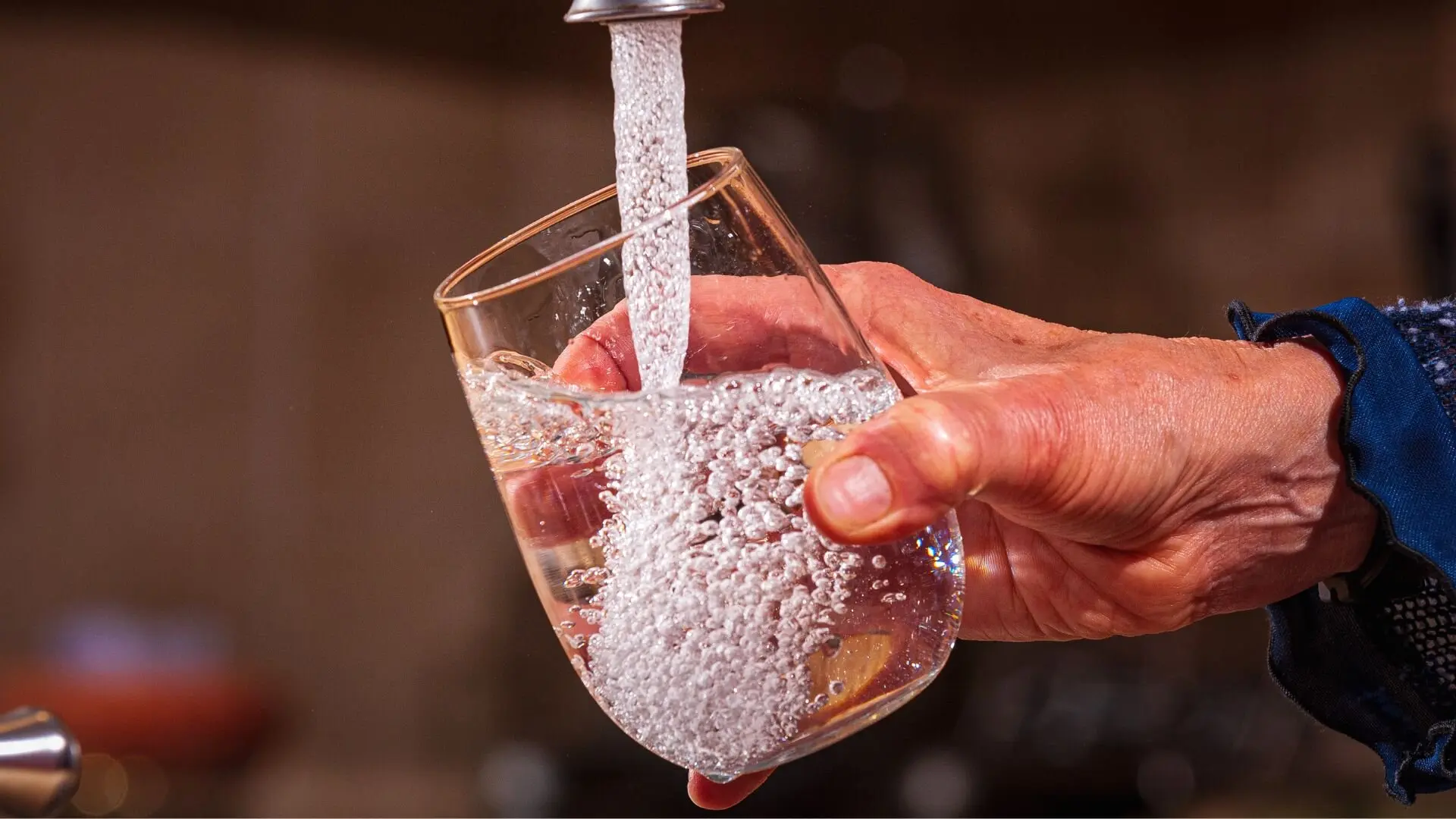
Backpressure takes place when the pressure in your home’s system becomes stronger than the supply line. This pressure difference can allow contaminants to infiltrate the water supply and affect areas like your fire protection or irrigation systems.
Back siphonage occurs due to negative pressure in the water supply, which can cause dirty water and its contaminants to be sucked back into the supply system. Some situations that can cause this include breaks in the pipeline, use of undersized piping and withdrawal of water quickly.
A backflow prevention device is installed on pipes through which water travels only in one direction. Its function is to ensure that water does not flow backward. Several types of backflow preventers are available for various purposes. The three most common types include check valves, vacuum cleaners, and air gaps.
However, all three types of backflow preventers work to prevent the main water supply from becoming contaminated. While businesses are required by law to install such devices, local legislation decides which homes require them.
All backflow prevention devices are designed to prevent contaminated water from flowing back into the potable water system. However, how they accomplish this can vary depending on the type of device.
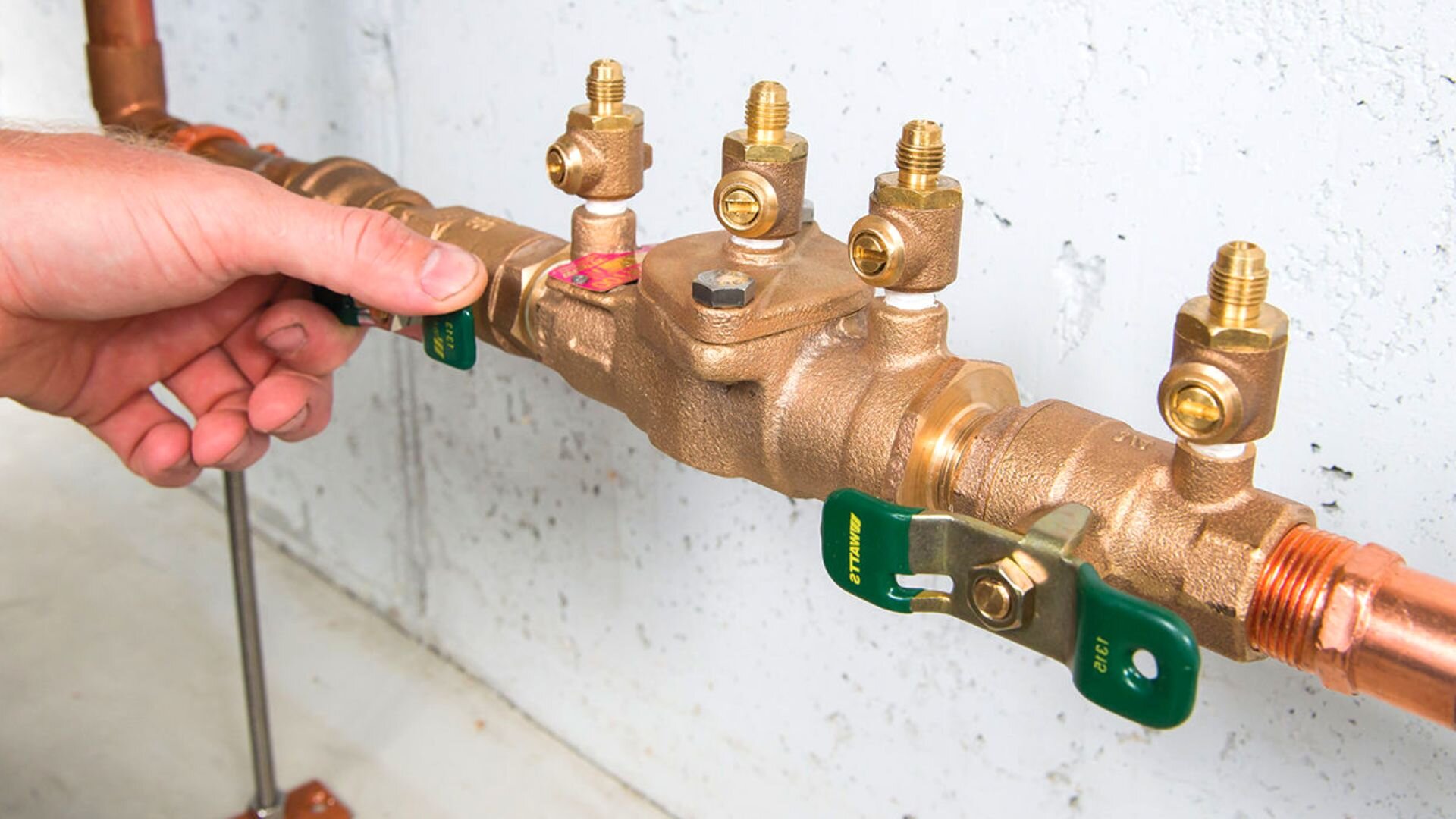
Backflow prevention devices installed on a fire protection system usually have two or one-way check valves. These are installed serially to prevent used water from backing into the potable water supply.
The two valves are the most crucial element of the double-check assembly, first used in the 1950s. Even if one valve fails or stops working, the other will ensure your property’s drinking water supply remains uncontaminated.
Additionally, in these types of backflow prevention assemblies, it is possible to close one backflow preventer valve to reduce the pressure differential and create a more effective seal. And the working of this system can be tested with the help of tiny ball valves or test cocks.
If the pressure on the side of your home exceeds the pressure at the city water supply, the check valves close, ensuring complete backflow prevention systems. The only drawback of this backflow prevention system is that both valves can always fail. Or debris in the water can prevent them from closing completely.
In such instances, backflow, with contaminated water flowing back into the water main, is possible.
Atmospheric vacuum breakers (AVB) are usually installed in the spigot, hose, and faucet systems. They have a check valve connected to an air vent that opens when the system loses pressure. Upon opening, this valve allows air into the vacuum, sealing off the main water supply.
This backflow prevention device can prevent water from flowing back when there is reduced pressure. Vacuum breakers must be installed at least six inches above the ground for optimal functioning. However, they cannot block contaminants in the air from entering the water and are ineffective in plumbing systems with consistently high pressure.
Air gaps are most commonly used in sinks. They prevent drinking water from getting contaminated by debris. They are best suited for homes where appliances like dishwashers are used and can help them last longer. This type of backflow prevention device creates an air gap between the dishwasher’s flood level and the water outlet.
Air gap backflow prevention devices are manufactured using various materials and can have different finishes. They are usually inexpensive and work by separating the hoses carrying fresh water and dirty water with the help of an air gap.
Dual inlet air gap devices are also available, ideal for connecting two dishwashers or a filtration system to a dishwasher. These are best for under-sink reverse osmosis systems and can prevent contaminated water from flooding your dishwasher.
One of the main perks of installing a backflow preventer is keeping your home’s water supply uncontaminated by stopping backflow. Plus, by preventing debris from entering, it helps protect your plumbing pipes from potential damage.
Also, as mentioned before, your area’s local water authority may require you to install backflow prevention devices. That is why many new homes, especially those with sprinklers, come equipped with such devices.
Now that you know how a backflow prevention device works, installing one in your home is time-consuming. The best way to do so is to hire a licensed plumber. Licensed plumbers, like our team at WP Plumbing, possess the necessary expertise, tools, and skills and can install such devices quickly and efficiently. Give us a call if you need a plumber in Melbourne!
Furthermore, they can assist in choosing the right backflow prevention that complies with local regulations by inspecting your site. Don’t forget, after installation, to have your backflow preventer checked annually to ensure it’s working properly.
Get our expert plumbers best tips of preventing backflow issues in your home. Find out the common causes of backflow problems, backflow testing methods and the types of devices you can install!
Ever wonder how your toilet actually works? This article dives into the basics of how toilets flush and what happens when you push that lever.
Electric hot water systems have a limited lifespan, influenced by usage, maintenance, and quality. Discover how long they last and when to consider upgrading.
